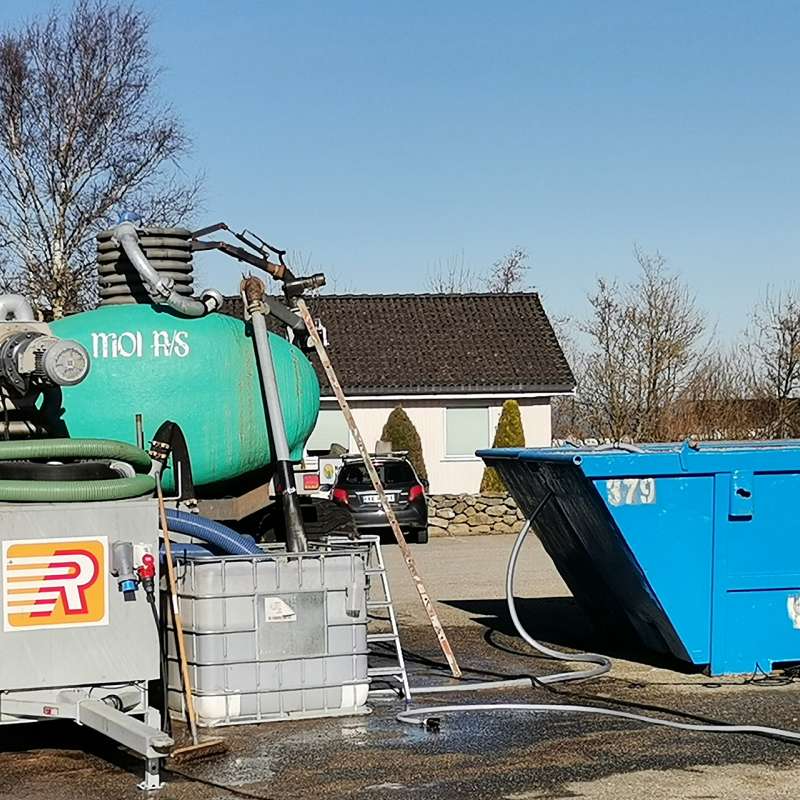Tomas Persson
Forsker
(+47) 466 30 485
tomas.persson@nibio.no
Sted
Særheim
Besøksadresse
Postvegen 213, NO-4353 Klepp stasjon
Forfattere
Mohammad Tirgariseraji A. Pouyan Nejadhashemi Mahmood Sabouhi Sabouni Yaghoob Jafari Tomas Persson Alisher Mirzabaev Alireza Nikouei Kieron Moller Naser Shahnoushi ForoushaniSammendrag
Det er ikke registrert sammendrag
Sammendrag
Det er ikke registrert sammendrag
Sammendrag
Det er ikke registrert sammendrag

Divisjon for matproduksjon og samfunn
Fremtidssatsning - Raffinering av husdyrgjødsel
I områder med mye husdyr oppstår det miljøproblemer i forbindelse med lagring og spredning av gjødsel, og oppsamling av næringsstoffer i jord. Disse problemene må løses raskt. Vi trenger derfor mer kunnskap om miljømessig og økonomisk bærekraftige systemer for gjødselraffinering og -bruk.

Divisjon for miljø og naturressurser
Precilience: Precision climate resilience for agriculture and forestry sectors in the European boreal regions
Precilience will develop precision solutions with farmers, foresters, landowners, and other actors to increase climate resilience in the Nordic-Baltic regions of Denmark, Estonia, Finland, Norway and Sweden.
